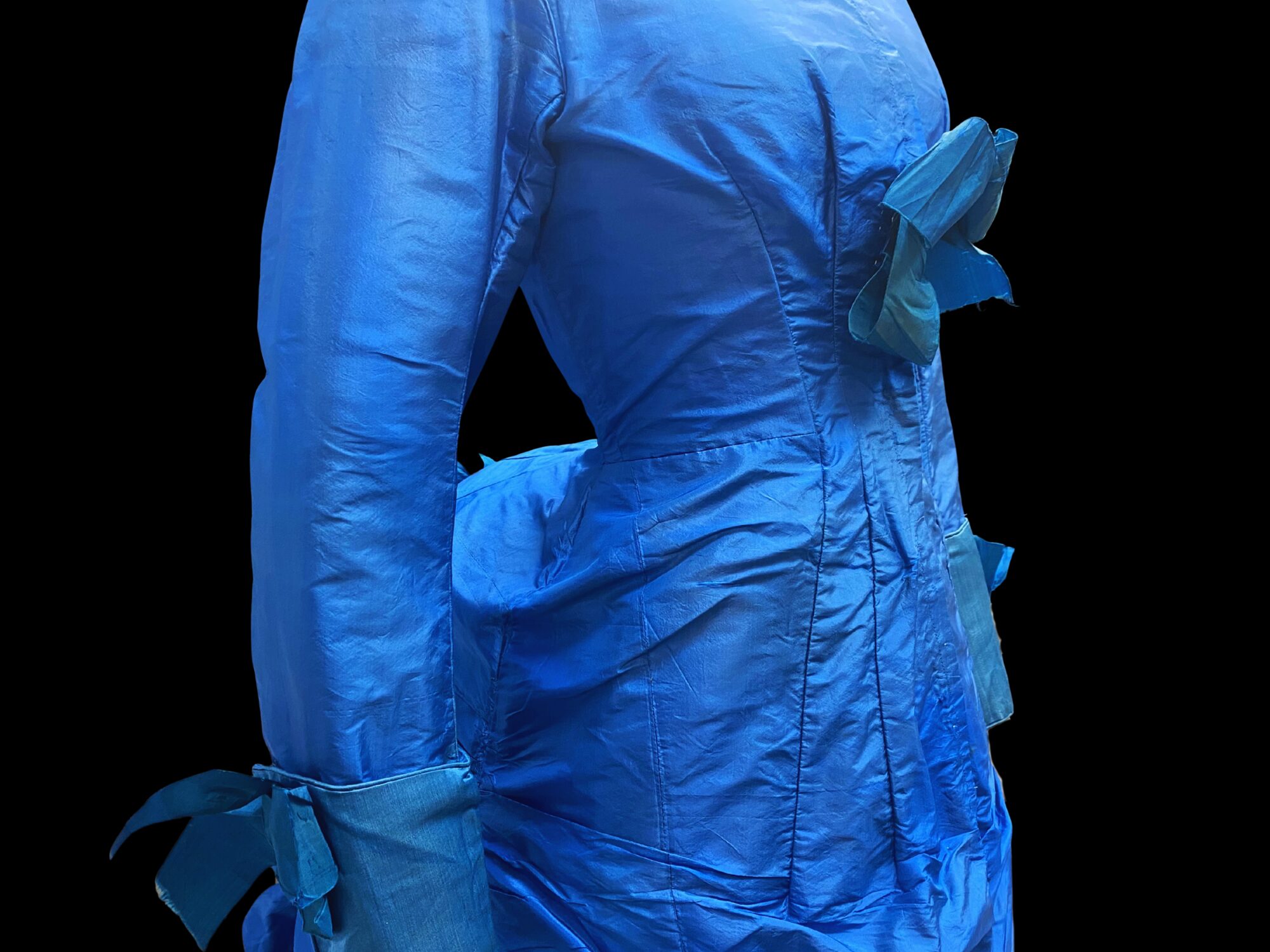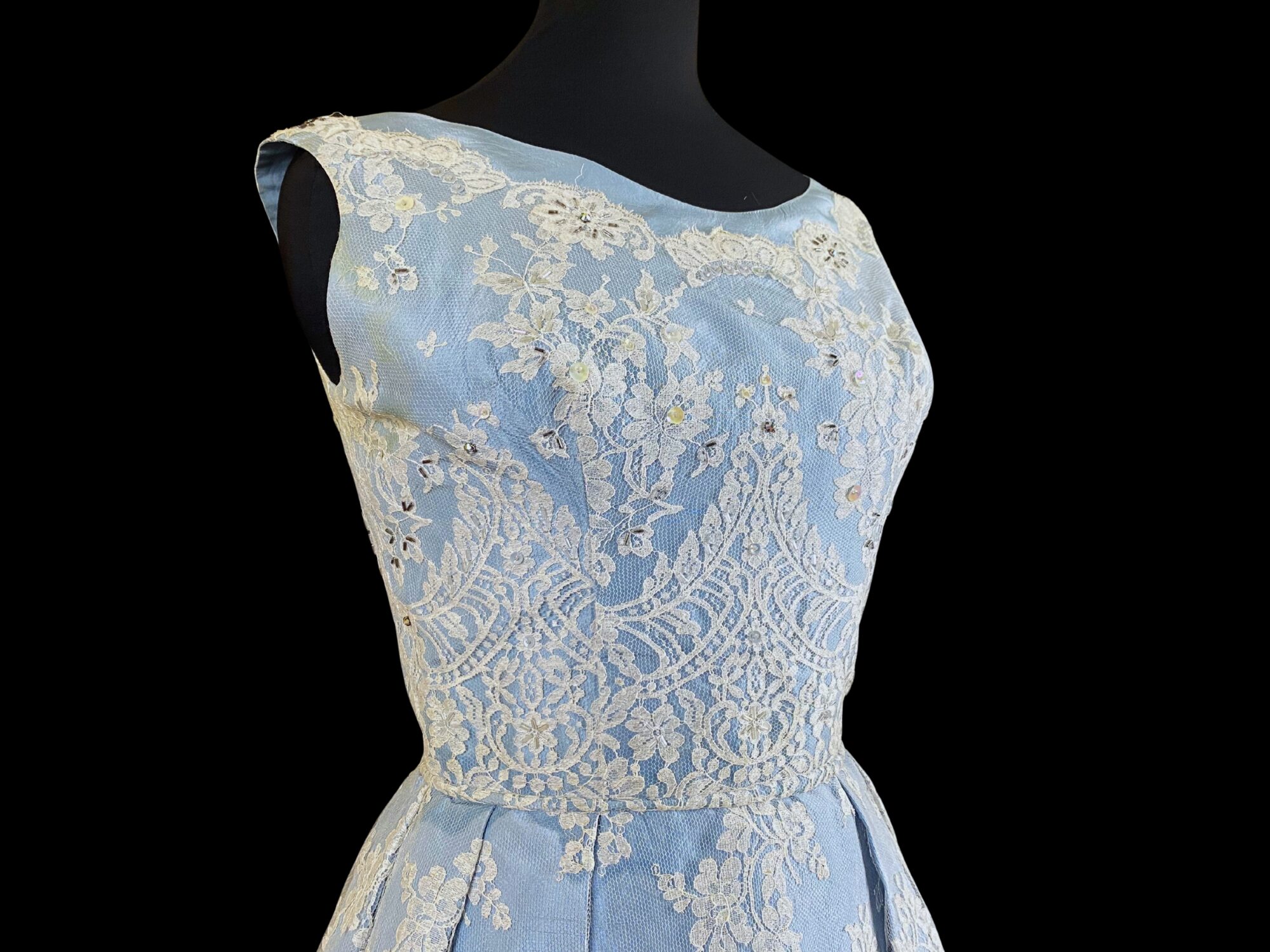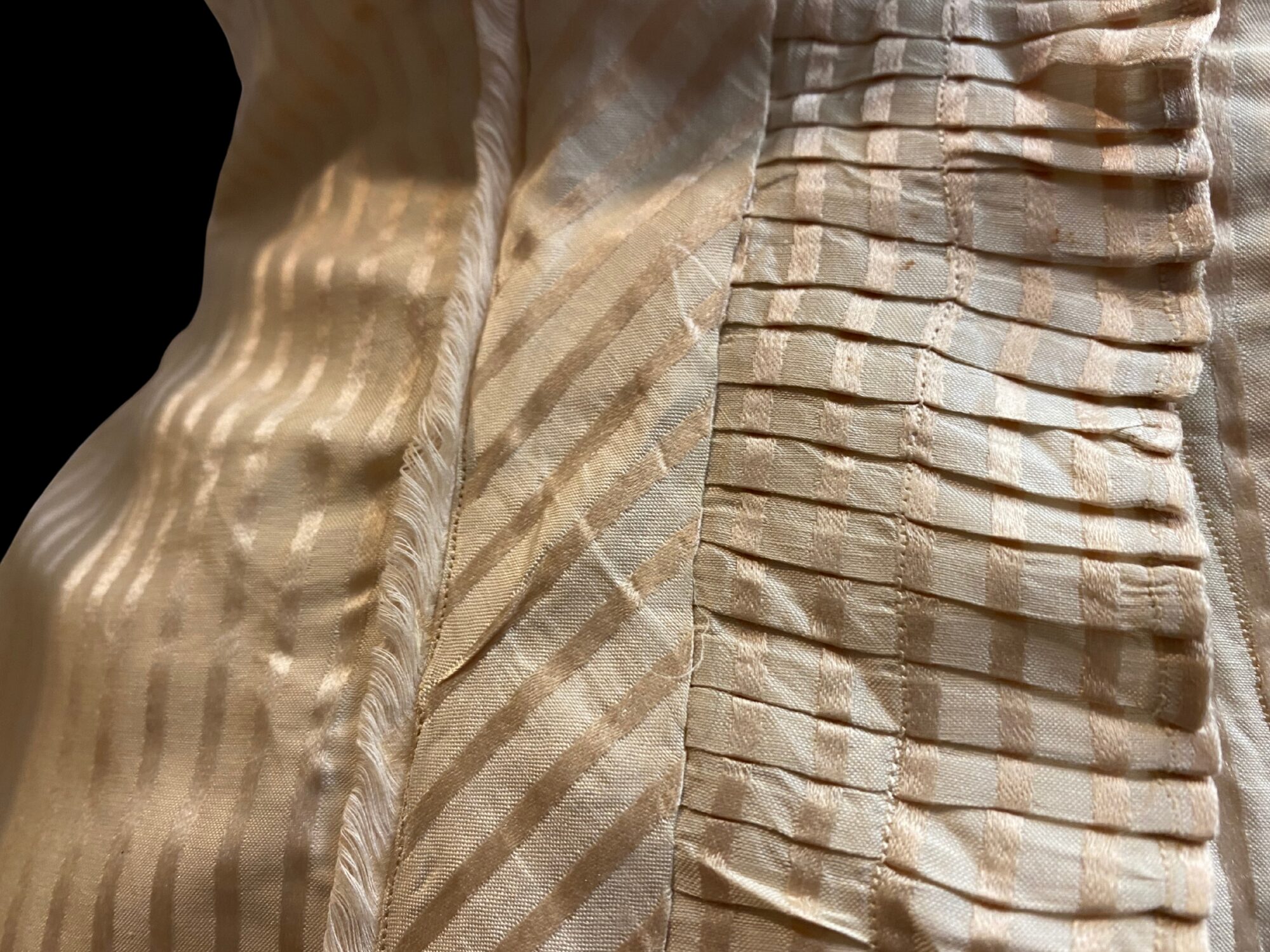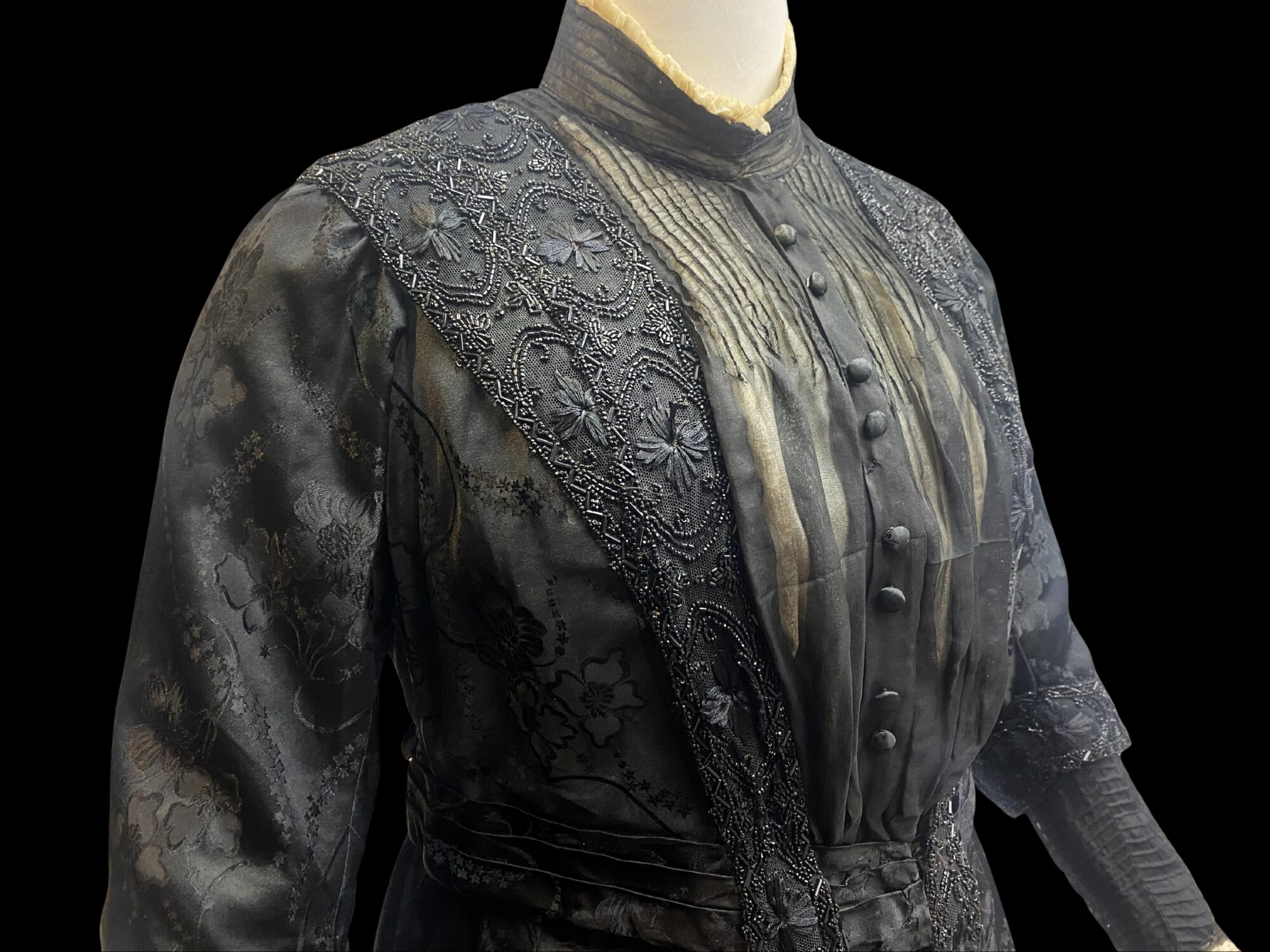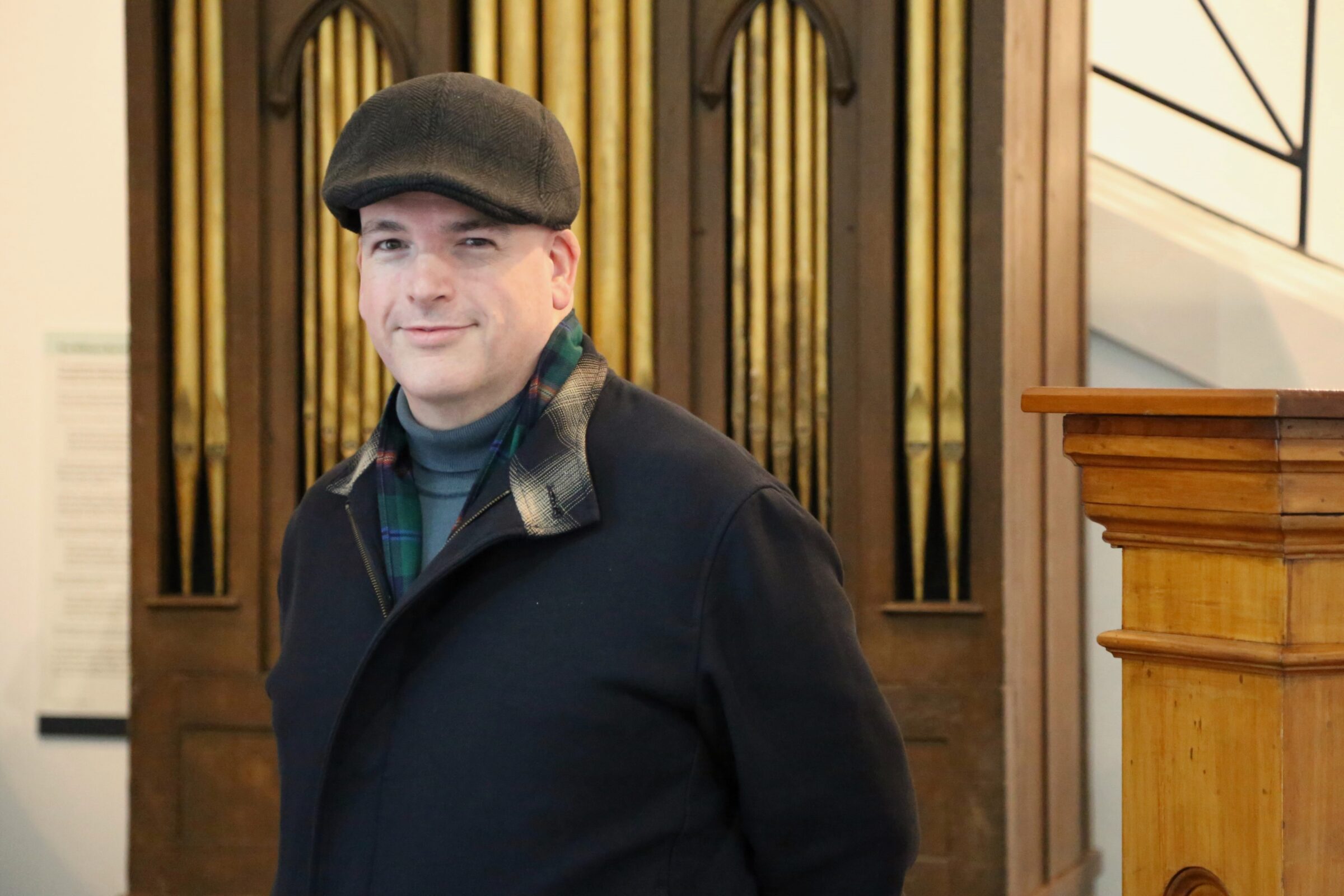Collection Stories
The Whanganui Regional Museum has a varied collection of shoes. Together they illustrate something of the history of footwear. In them it is possible to see modifications which have been made in response to practical necessities and geography, fashion and cultural values, over time.
Can you spread out your toes fanwise, or are your second toes noticeably taller than your big toe? At some time, your feet may have been crammed into shoes which had long and pointy toes. The fashion for such shoes developed in Europe in the 15th century. The ends of the toes of the shoes were stretched to ridiculous lengths and were designed only to demonstrate the wearer’s status and wealth. From this came the shoe with a long thin toe curled over and even looped back on itself, popular in Eastern countries.
Adding heels to shoes became important in a later century. Persian cavalrymen, for instance, needed stirrups so they could stand in the saddle, and a heel to keep their boots in place in the stirrup. All horse riders these days know how important that heel is. The addition ofheels was also valued when they helped raise pedestrians out of difficult and messy terrains, when drainage and street cleaning was literally ‘hit and miss’.
But be warned. The extremely high heels of our modern fashions make the legs appear longer and accentuate the calf muscles. But then the centre of gravity is awry, resulting in injuries and falls. Modern podiatrists are very conscious of the number of their clients with lower back pain, stressed knees, bunions and varicose veins, all results of the heights of the heels.
The clogs worn in the Netherlands or Northern Europe were wooden overshoes especially useful when working on farms. Carved from a block of wood, they were a practical use of local materials, quickly made and easily replaced. The term ‘clog’ is used for any wood-soled shoe.
In the collection are also two types of moccasins made by Indigenous peoples of Canada. They are again designed in response to environmental requirements. Each style of moccasin has been adapted either for moving about easily in the warmer forested areas, or on the hard dryness of the Plains. Moccasins are beaded for traditional ceremonies.
The contrast in the cultural traditions lying behind the designs of the Chinese shoes for the tightly bound feet of little girls, and the rough shoes of the Aboriginal Kadaitcha man in central Australia is startling. The bound feet were meant to represent the sacred lotus flower, which has its roots in muddy water but blooms each day, only to die back down and re-emerge pure and clean next day. The Kadaitcha man is invisible, but he exacts revenge on transgressors. His visits are recognized only by his shoes, made of feathers and human hair and dried blood. and purposely left behind. Magic has been afoot! The days are drawing in now. It is time to get out the woolly socks and sturdy shoes. What story may be told about your shoes?
By Mary Laurenson, volunteer at the Whanganui Regional Museum.
This article was originally published in Whanganui Midweek, May 2023.
Image: Child’s clogs from Lancashire, England, 19th century.
Whanganui Regional Museum Collection ref: 1987.4.2


